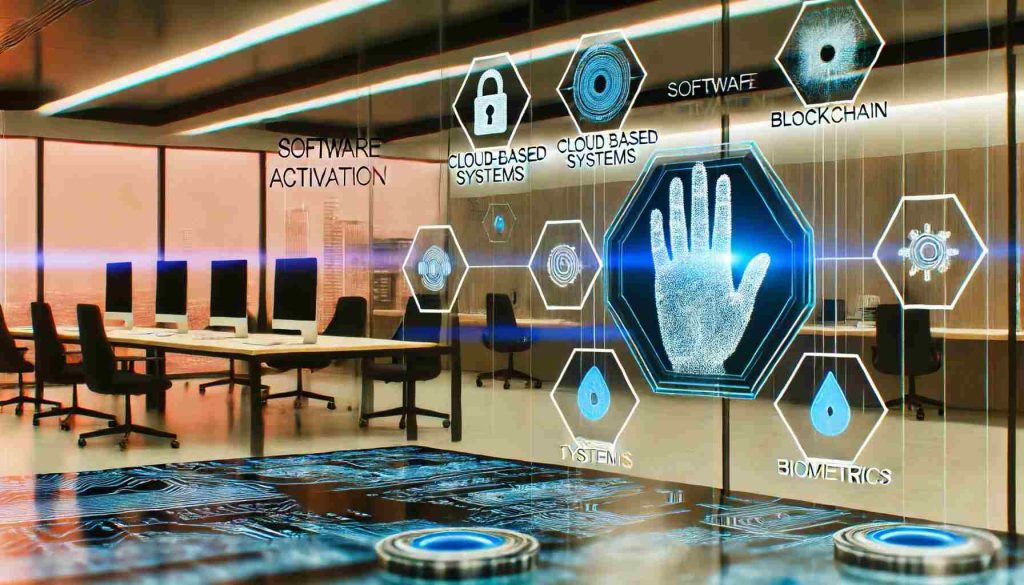
Future of Activation Tools: Beyond KMS Auto
Introduction
The world of software management and security is changing quickly. Activation tools like KMS Auto have played a big role. These tools are mainly used to activate Microsoft products. They do this by mimicking a Key Management Service (KMS) server on local networks. But software activation is changing a lot. New technologies and methods are emerging. This article explores the future of activation tools. It goes beyond traditional solutions like KMS Auto. It looks at what these advancements could mean for users and developers.
The Current State: KMS Auto and Its Functionality
KMS Auto is well-known. Users use it to activate Microsoft products without a genuine key. The server mimics the real KMS service. It lets users activate their software temporarily. But they must re-activate it regularly. While the question of how to use KMS Auto might seem straightforward, it involves complex mechanisms of bypassing standard authentication processes, which brings various legal and security concerns.
Legal and Security Implications
Using tools like KMS Auto often breaks software terms. This can lead to legal trouble for users. Also, the reliance on such tools has big security risks. They include exposure to malware and other problems. These risks aren’t just hypothetical. Cases of compromised systems due to unreliable activation tools are well-documented.
Emerging Trends in Software Activation
As technology evolves, so does the approach to software activation. Activation tools will focus on better security, ease of use, and obeying the law. They will be the future. Here are a few trends that are shaping this landscape:
-
Cloud computing is rising: Software companies use cloud services for activation. This method is more secure and reliable. It’s validating user licenses without the complexities and risks of local activation tools.
-
Blockchain for Software Licensing: Blockchain technology offers a tamper-proof system. It’s decentralized and manages software licenses. Software companies can use blockchain technology. It can ensure that each copy of their software is legally purchased. It can also ensure that each copy is activated. This reduces piracy and unauthorized use.
-
Machine Learning for Compliance Monitoring: Learning algorithms can analyze user behaviour and activation patterns. They use this to find and fix possible compliance issues. This technology helps software companies maintain their license agreements. It does so without intruding on user privacy or relying on external activation tools.
-
Biometric technology is improving: It could also be used for software activation. This method would link software licenses to specific individuals. It would make unauthorized distribution or copying nearly impossible.
The Role of User Experience in Activation Technology
User experience is paramount in the design of future activation tools. Companies are moving away from tools like KMS Auto. They now focus on making seamless and non-intrusive ways to activate software. This approach improves security. It also makes users happier by reducing disruptions.
Challenges and Considerations
Despite the promise of advanced technologies, there are significant challenges to overcome:
-
Privacy is a major concern: This is due to more advanced activation technologies. These technologies include biometrics and machine learning. Protecting user data and enforcing compliance is delicate. It must be addressed.
-
Tech Access and Inequality: As tech advances, there’s a risk. Users with less access to new tech may struggle to comply with new methods. This could create a digital divide in software access and use.
-
Cost Implications: Developing and implementing advanced activation technologies can be costly. Software companies need to consider if these tech benefits justify the cost. They also need to consider how they pass these costs to consumers.
Conclusion
Activation tools are set to change how software is activated, kept, and monitored. Moving beyond KMS Auto. The focus will shift to more secure, user-friendly, and compliant solutions. New technologies like cloud services, blockchain, and biometrics offer promise. However, they also bring challenges that need careful attention. As we advance, it will be crucial for developers and users to adapt to these changes. They must ensure all people see the benefits of tech evolution. This shift will not only boost security and compliance. It will also improve the user experience. It heralds a new era in software management.
Read Dive is a leading technology blog focusing on different domains like Blockchain, AI, Chatbot, Fintech, Health Tech, Software Development and Testing. For guest blogging, please feel free to contact at readdive@gmail.com.
